What Are Clefts?
Globally, 1 in 700 babies is born with a cleft. Clefts can cause difficulties with eating, breathing, hearing, and speaking.
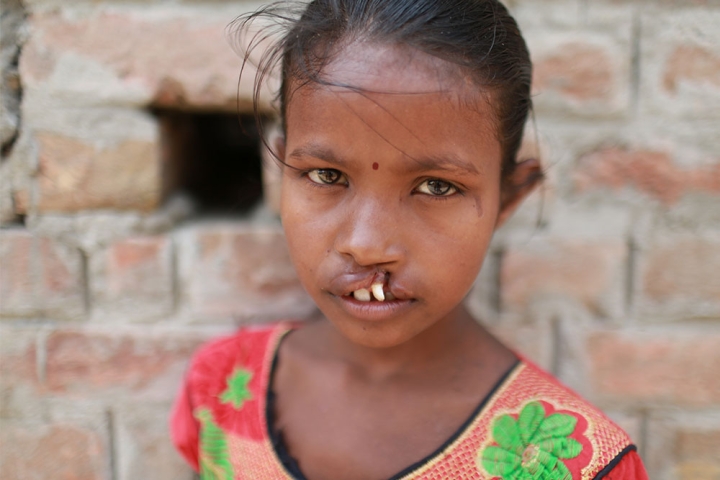

What are cleft lips and palates?
A cleft is a gap in the upper lip and/or the roof of the mouth (palate) that forms during the first trimester of pregnancy. The earlier cleft treatment starts, the better its chances of success. However, around the world, many people with clefts do not receive the surgery and other vital care they need due to low awareness and lack of accessibility and affordability.
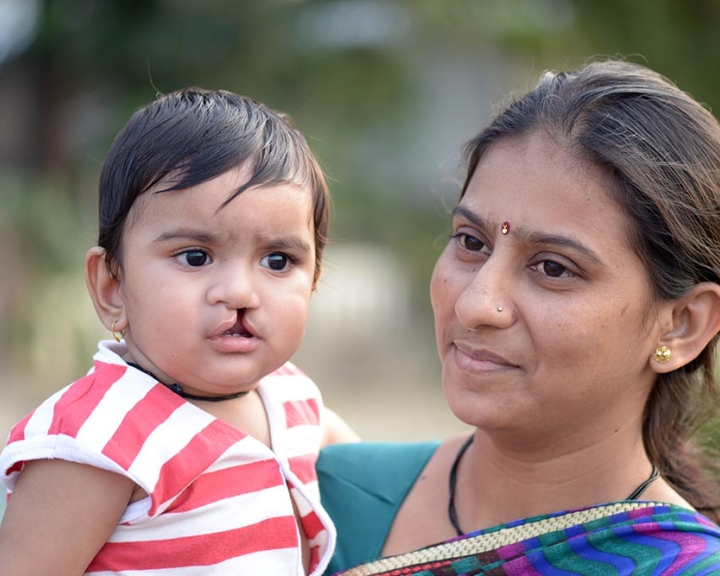
How common are clefts?
Clefts are a common birth difference that occur across all socio-economic groups. However, environmental factors such as maternal malnutrition during pregnancy and deficiency of folic acid in the first trimester may increase the likelihood of a cleft forming. The incidence of clefts in India is comparable to the global average statistically, however, due to a large population, India has one of the highest numbers of cleft births globally.
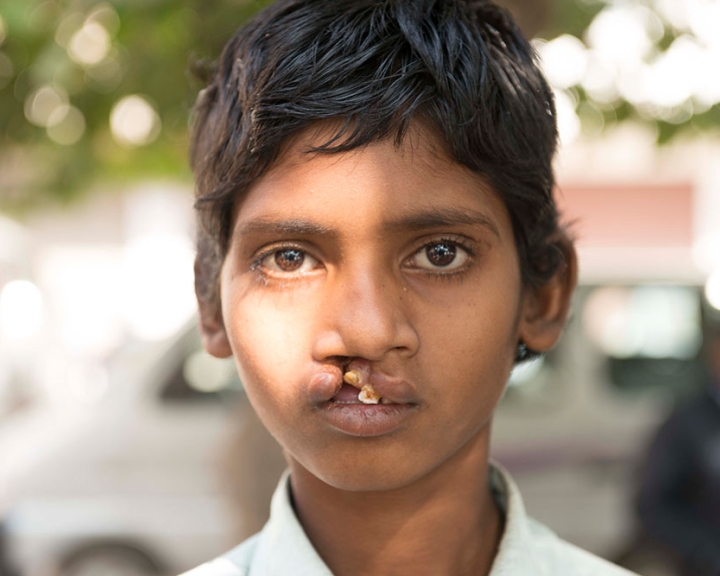
What are the causes of cleft lip and palate?
No one knows exactly, but most experts agree that clefts can be caused by many factors, both genetic and environmental, including maternal health conditions, use of alcohol and drugs (including tobacco), infections, or Vitamin B (also known as folic acid) deficiency in the pregnant mother. In most cases, it is not known why any given person has a cleft, but research is ongoing to better understand the condition.
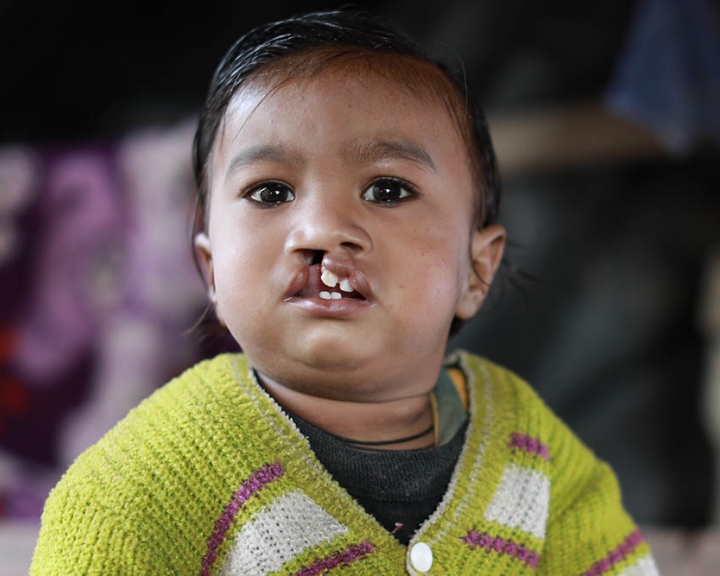
What does it mean to be a child with an untreated cleft?
Children with untreated clefts are likely to face difficulties eating, breathing, hearing, and speaking, in addition to social stigma that can devastate their self-esteem and social relationships. Many children with untreated clefts find it difficult to attend school, communicate fluently, find jobs, or even get married later in life. Timely cleft treatment can alleviate all these difficulties, ultimately enabling them to thrive.
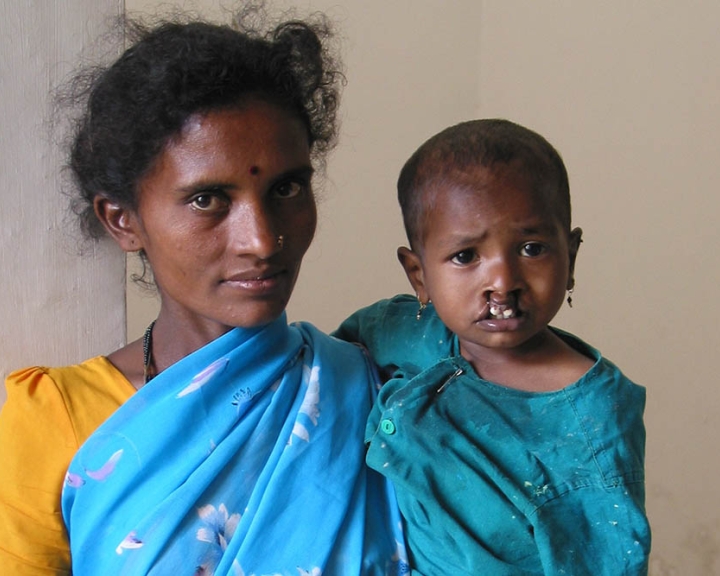
Can clefts be treated?
Yes.
The transformation cleft surgery offers is immediate. Children see their smile for the first time, parents find hope and cry tears of joy, and lives and communities are changed forever.
